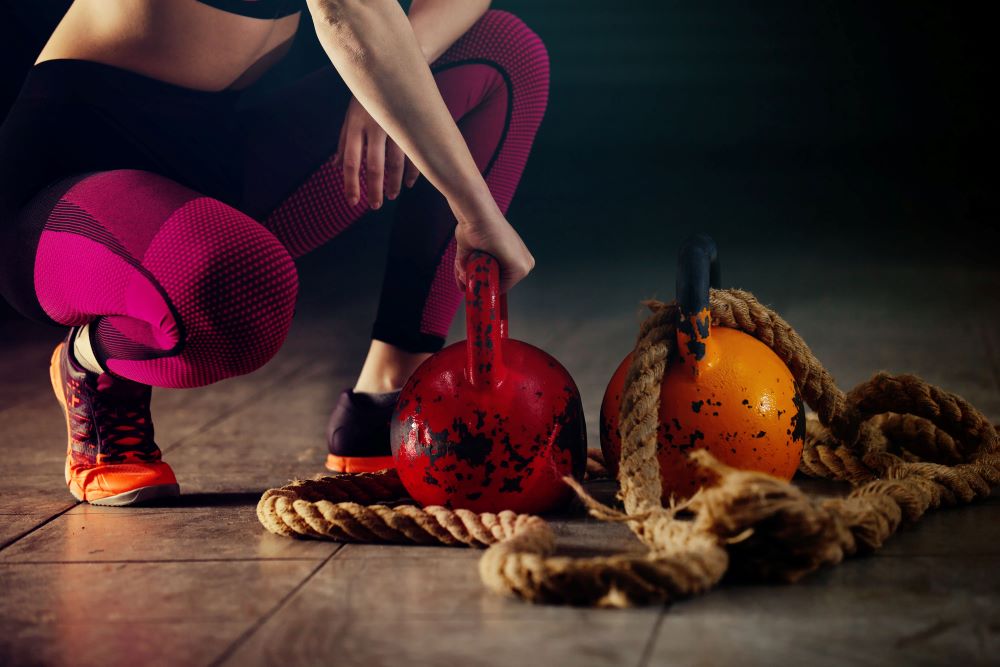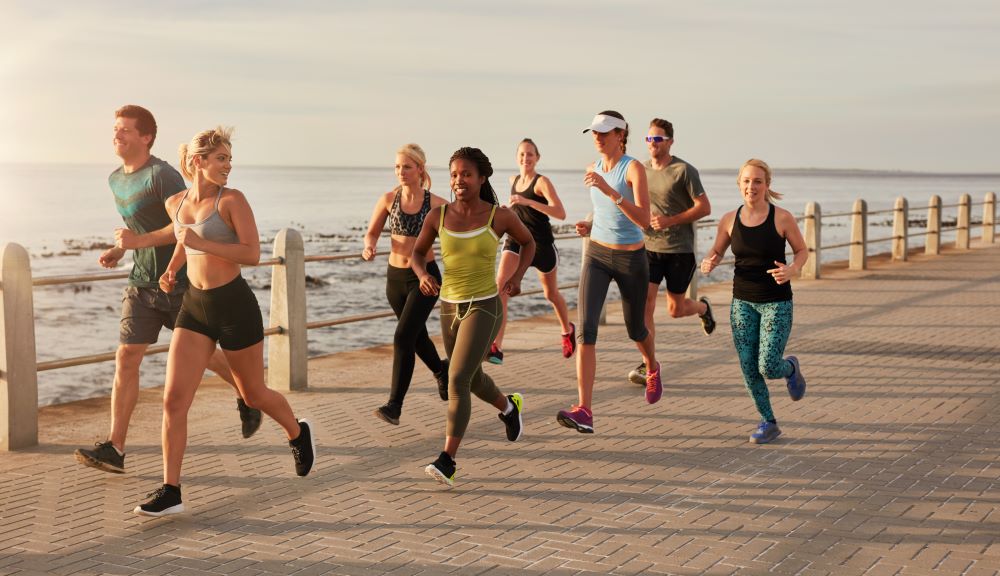When it comes to excelling in javelin, the significance of running drills cannot be overstated. These drills are essential for developing the speed, strength, and technique that are crucial for a successful throw. Integrating effective running drills into your training regimen not only improves your athletic performance but also enhances your overall conditioning.
Running drills specifically tailored for javelin athletes focus on several key areas:
- Acceleration: Quick bursts of speed help athletes cover the distance needed to gather momentum before the throw.
- Agility and Footwork: Drills that enhance agility and foot coordination are vital, as they allow athletes to maintain balance and control during their approach.
- Endurance: Sustaining energy over longer distances is important not just for the approach but for overall athletic performance.
These drills contribute to the development of muscle memory, which is essential for executing a powerful and precise javelin throw. Furthermore, running drills can help prevent injuries by strengthening the muscles and joints involved in the throwing motion.
To elevate your javelin performance and embrace the joy of running, visit our website to learn more and get started today! Click here.
Key Running Drills to Improve Javelin Performance

To enhance your javelin performance, incorporating specific running drills into your training routine can make a significant difference. Each drill targets different aspects of running that are essential for an effective javelin throw. Here are some key drills to consider:
- Strides: These are controlled, high-knee runs that help improve your overall speed and running form. Focus on maintaining proper posture and foot placement.
- Bounding: This drill emphasizes explosive power and helps develop leg strength. By leaping forward with one leg while driving the opposite knee, you can enhance your explosive speed.
- Acceleration Sprints: Short sprints of about 30-50 meters focus on quick bursts of speed. They are crucial for building the acceleration needed during your javelin approach.
- Hill Sprints: Running uphill not only builds strength in your legs but also improves your overall cardiovascular fitness. This is particularly important for maintaining endurance during competitions.
- Agility Ladder Drills: These drills enhance foot speed, coordination, and agility. Quick footwork is essential for maintaining balance and control during the approach phase of the throw.
By consistently practicing these running drills, javelin athletes can expect to see improvements in their speed, power, and overall throwing technique. Each drill plays a unique role in crafting a well-rounded athlete who is not only capable of performing well but also minimizing the risk of injury.
How to Incorporate Drills into Your Javelin Training Routine

Integrating running drills into your javelin training routine is crucial for maximizing performance and ensuring a balanced skill set. A structured approach can help you achieve the best results while maintaining motivation. Here’s how to effectively incorporate these drills:
- Warm-Up Sessions: Begin your training with a comprehensive warm-up that includes dynamic stretches and light jogging. This prepares your muscles and joints for the intensity of running drills.
- Set Specific Goals: Identify areas where you need improvement, whether it’s speed, technique, or endurance. Tailor your drills to address these specific goals, ensuring each session is purposeful.
- Dedicated Drill Days: Designate specific days for running drills within your training week. This allows you to focus solely on technique and speed without the distraction of throwing practice.
- Combine with Strength Training: Pair running drills with strength training exercises that target the legs and core. This combination enhances overall athleticism and supports explosive power during your javelin throw.
- Track Progress: Keep a training journal to monitor your improvements in speed and technique over time. This not only helps you stay accountable but also allows for adjustments in your training plan.
By following these guidelines, you can effectively incorporate running drills into your javelin training routine, fostering significant performance enhancements. Remember, consistency is key; regular practice will lead to noticeable improvements in your throwing capabilities.
Tips for Maximizing the Benefits of Running Drills

Maximizing the benefits of running drills requires a strategic approach that focuses on technique, consistency, and recovery. Here are some essential tips to help you get the most out of your training sessions:
- Prioritize Technique: Always prioritize proper form over speed. Focusing on your technique during drills helps develop muscle memory, which is crucial for executing throws effectively.
- Vary Your Drills: Incorporate a variety of drills to target different aspects of your running performance. For example, combine sprinting, agility drills, and endurance runs to build a well-rounded skill set.
- Include Recovery Periods: Allow adequate recovery between sets and sessions. Overtraining can lead to fatigue and injury, which can hinder your progress. Listening to your body is vital for optimal performance.
- Focus on Breathing: Pay attention to your breathing patterns during drills. Proper breathing helps maintain energy levels and enhances overall endurance, allowing for more effective training sessions.
- Utilize Feedback: Consider recording your drills or working with a coach to receive feedback. An outside perspective can highlight areas for improvement that you may overlook.
By implementing these tips, you can ensure that your running drills contribute significantly to your javelin training, enhancing both your speed and throwing capabilities.
Common Mistakes to Avoid with Javelin Running Drills
While running drills are essential for enhancing javelin performance, certain common mistakes can impede your progress and effectiveness. Recognizing and avoiding these pitfalls will help you train smarter and achieve better results. Here are some key mistakes to watch out for:
- Neglecting Warm-Up: Skipping a proper warm-up can lead to injuries and reduced performance. Always begin with dynamic stretches and light jogging to prepare your muscles for the intensity of drills.
- Overemphasis on Speed: Many athletes focus solely on running fast, sacrificing form and technique. This can lead to bad habits that are hard to break. Always prioritize quality over quantity.
- Inconsistent Practice: Infrequent practice hinders skill development. Establish a consistent schedule for your running drills to build endurance and technique over time.
- Ignoring Individual Needs: Every athlete has unique strengths and weaknesses. Generic drills may not cater to your specific requirements. Customize your routine to address your personal goals and areas for improvement.
- Failing to Track Progress: Not keeping track of your performance can lead to stagnation. Regularly assess your progress with metrics such as times, distances, and form evaluations to stay motivated and make necessary adjustments.
By steering clear of these common mistakes, you can enhance the effectiveness of your running drills and set yourself up for success in javelin competitions.
Tracking Progress and Measuring Success in Javelin Drills

Tracking your progress and measuring success in javelin drills are crucial components of your training regimen. This practice not only helps you understand your development but also keeps you motivated and focused on your goals. Here are some effective strategies to consider:
- Set Clear Goals: Establish specific, measurable, achievable, relevant, and time-bound (SMART) goals for your javelin drills. This clarity will guide your training and give you something concrete to strive for.
- Use Performance Metrics: Implement metrics such as running times, distances covered, and technique evaluations. Regularly measuring these indicators allows you to see where you’ve improved and where you need more work.
- Record Your Workouts: Maintain a training journal or digital log to document details of each session. Note the drills performed, your feelings during the workout, and any improvements observed. This record serves as a valuable reference for future training.
- Video Analysis: Consider recording your drills to analyze your form and technique visually. Watching yourself can reveal flaws that might not be apparent during practice.
- Seek Feedback: Work with a coach or a knowledgeable training partner who can provide constructive feedback. Their insights can help you refine your drills and enhance your performance.
By actively tracking your progress and measuring your success, you will not only enhance your javelin skills but also cultivate a deeper understanding of your athletic journey. Visit our website to learn more and get started today! Click here.


